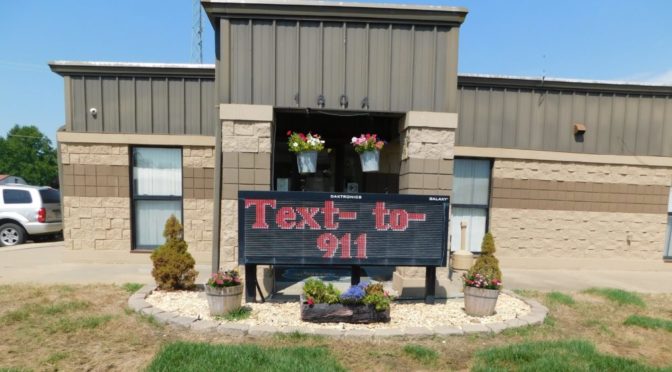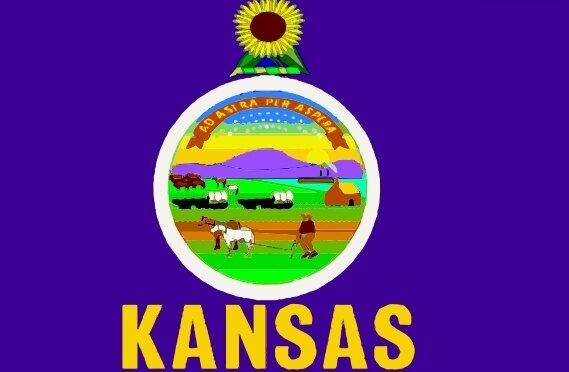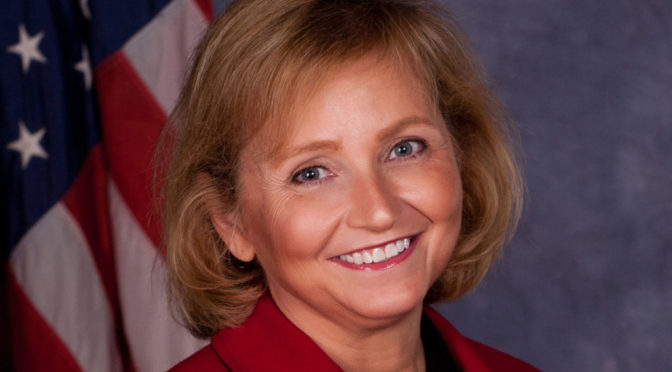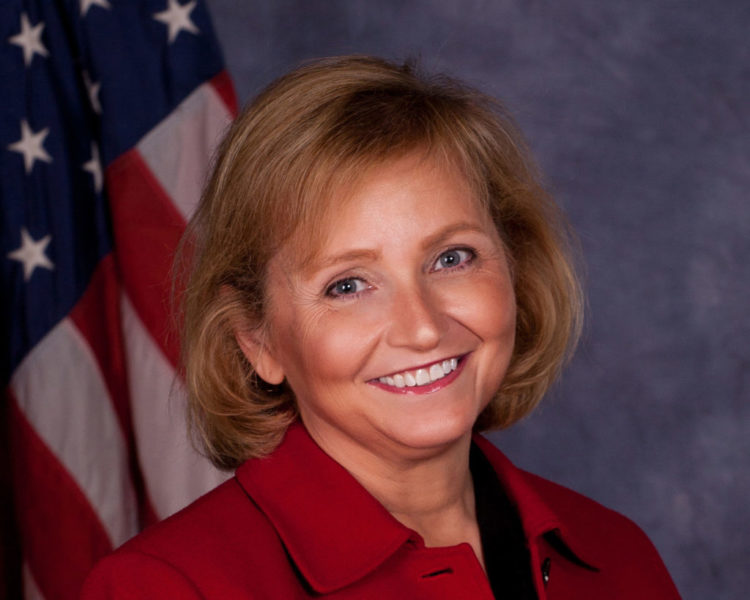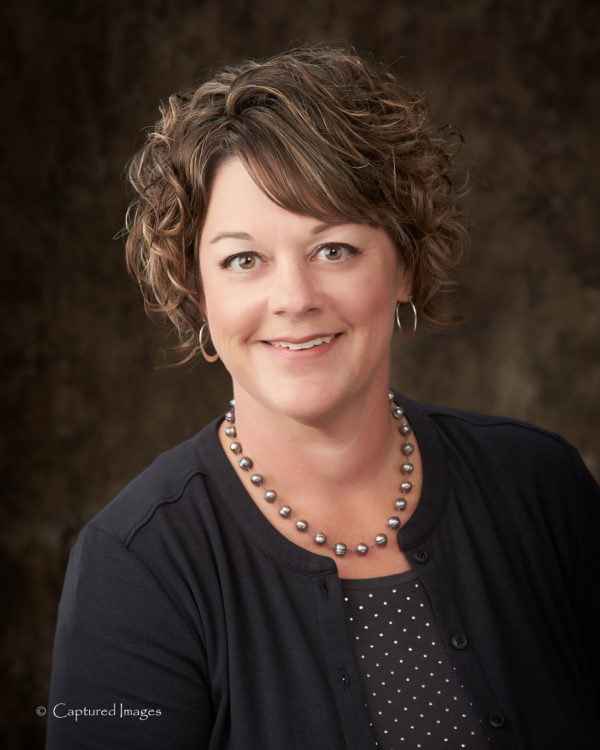
District Extension Agent, Horticulture
Southwind Extension District
111 S. Butler
Erie, KS 66733
Office: 620-244-3826
Cell: 620-496-8786
The first seed catalog of the year arrived in my mailbox right before Christmas. The catalogs seem to arrive earlier and earlier every year. I do enjoy flipping through the pages looking at all the pretty pictures and dreaming of warmer temperatures. Even though we are in the middle of winter, the time to start many of our vegetable and flower transplants from seed is approaching.
If you have ever tried to start plants from seed, you know it can be tricky. But is very rewarding when you have success! Here are eight steps to help ensure you have nice healthy transplants when planting time arrives.
- Purchasing Seed – obtain your seeds from a reputable source including garden centers and seed catalogs. If choosing seed from a business that does not specialize in plants, pay special attention to the package date to make sure the seed was packaged for the current year. Though most seed remains viable for about 3 years, germination decreases as seed ages.
- Determine the Date to Seed – there are two pieces of information that needs to be known in order to determine the date to seed transplants: the target date for transplanting outside and the number of weeks needed to grow the transplant. Then do some counting.
- Sowing Seed – do not use garden soil to germinate seed as it is too heavy and may contain disease organisms. Use a media made especially for seed germination.
- Keep Seed Moist – seed must be kept moist in order to germinate. Water often enough that the media never dries. Using a clear plastic wrap over the top of the container can reduce the amount of watering needed. Remove the wrap after the seedlings emerge.
- Light – most plants will germinate in either darkness or light. All plants require adequate amounts of light once emergence occurs. South facing windows will not provide adequate amounts so fluorescent or LED fixtures should be used. Regardless of the type of light used, leave the light on for 16 hours each day.
- Temperature – the temperature needed for best germination is often higher than what we may find in our homes. A heat mat is best for consistent germination. Once plants have germinated, they can grow in cooler temperatures (65 to 70 degrees during the day and 55 to 60 degrees at night).
- Plant Movement – plants react to movement. Brushing over the plants with your hand stimulates them to become stockier and less leggy. Try brushing 20 strokes per day. But keep in mind that brushing will not compensate for lack of light or over-crowding. Plants grown under inadequate light will always be spindly.
- Hardening Plants – plants grown inside will often undergo transplant shock if not hardened off. Plants are hardened off by moving them outside and exposing them to sun and wind before transplanting occurs. Start about two weeks before transplanting and gradually expose the plants to outside conditions. Increase the number of hours and degree of exposure over the two-week period.
I can’t stress enough how important it is to have adequate light to ensure the growth of healthy plants. It is fairly easy and inexpensive to make a homemade grow light using a four-foot shop light and PVC pipe. Here is a link to a YouTube video I made on building a grow light yourself: https://youtu.be/R0B-RUNtx9I
Krista Harding is a K-State Research and Extension Horticulture agent assigned to Southwind District. She may be reached at [email protected] or 620-244-3826.
K-State Research and Extension is an equal opportunity provider and employer.

